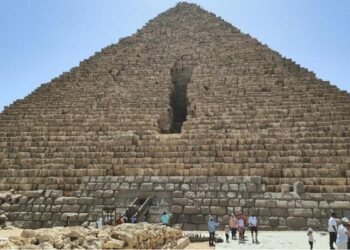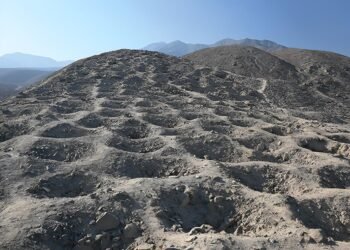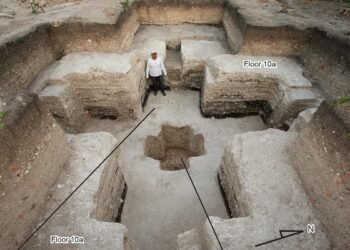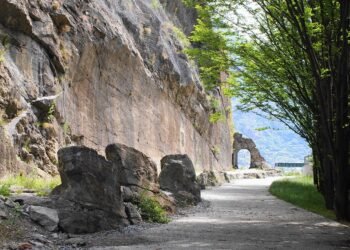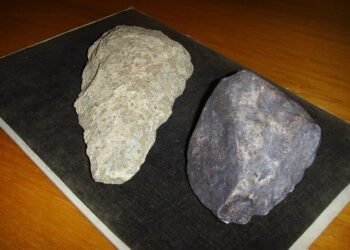Archaeologists from the Israel Antiquities Authority (IAA) have unveiled a vast underground tunnel network dating back to the Bar Kokhba Revolt period in Huqoq, Israel. The excavation was conducted in collaboration with soldiers, civilians, and volunteers.
Dating back to CE 132, the Bar Kokhba Revolt marked a significant uprising of the Jews against the Roman Empire. Led by Simon bar Kokhba, the revolt represented the culmination of Jewish resistance against Roman rule, following two earlier conflicts.
The tunnel complex, initially a water cistern from the Second Temple period, was repurposed during the Bar Kokhba Revolt as a hiding place and escape route for Jewish rebels. Strategically located beneath ancient homesteads, the tunnels facilitated clandestine movement and thwarted pursuit by the formidable Roman army.
Professor Yinon Shivtiel of the Zefat Academic College, one of the excavation directors, explained, “These underground shelters weren’t for living; they were like small, underground bomb shelters.” The tunnels, connected by narrow passages, served as a vital refuge for Jewish villagers during periods of conflict.
The discovery challenges debates among scholars about the extent of the Bar Kokhba Revolt’s reach. While some historians believed the revolt was confined to Judea and central Israel, evidence from Huqoq suggests otherwise. The presence of artifacts dating to both the First Jewish Revolt and the Bar Kokhba Revolt indicates the involvement of Galilean communities in these conflicts.
Among the remarkable findings in the underground labyrinth are eight hidden cavities linked by tunnels designed to impede Roman soldiers. Artifacts recovered from the site include broken clay and glass dishes, utensils, and a bronze ring, believed to have belonged to a woman seeking refuge in the shelters.
Huqoq, an ancient Jewish settlement near the Sea of Galilee, has long been recognized for its historical significance. Mentioned in ancient texts such as the Jerusalem and Babylonian Talmuds, Huqoq has emerged as a focal point for archaeological exploration.
The excavation effort, supported by the Israeli Ministry of Heritage, the Jewish National Fund, and local authorities, aims to transform Huqoq into a public attraction. Dr. Einat Ambar-Armon of the IAA said: “We turned the excavation into a community effort as part of the IAA’s vision of connecting the public to its heritage.”
Plans are underway to develop the Huqoq site into a premier destination for archaeological tourism.



